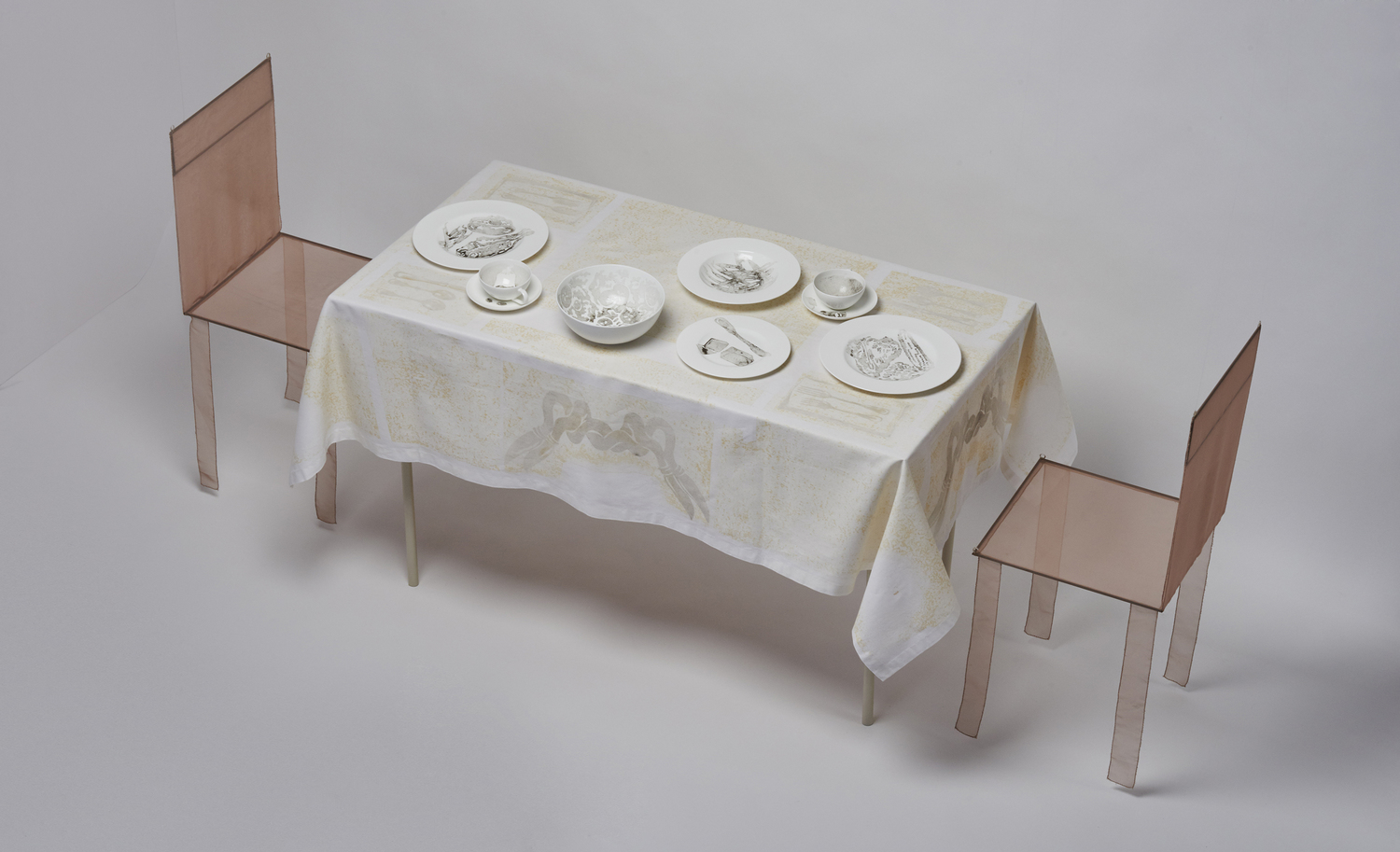
27 Apr Clearing the Air: Kim Abeles’ Smog Collectors @ Begovich Gallery
Before the COVID-19 pandemic took our community by storm, a phenomenal exhibition featuring the iconic work of a fascinating artist was about to open up to the public in Fullerton. Sitting in silence, waiting for the dust to settle, the compelling environmentally-conscious artwork of Kim Abeles’ Smog Collectors series is expertly hung and patiently waiting its turn to show us what we’ve done to our world.
“Kim Abeles: Smog Collectors, 1987-2020” was scheduled to open March 21 at the Begovich Gallery on the campus of CSU Fullerton. According to the Director of the gallery, Jennifer Frias, there are still plans to open the gallery for the public to see “Smog Collectors,” as soon as University officials declare it is safe to return to campus. Originally scheduled to open at the same that Earth Day was going to celebrate its 50th anniversary, Frias was excited to highlight the work of Kim Abeles; however, even with the postponement of the exhibition, Frias says that there is great significance that can be found in light of what’s been going on.
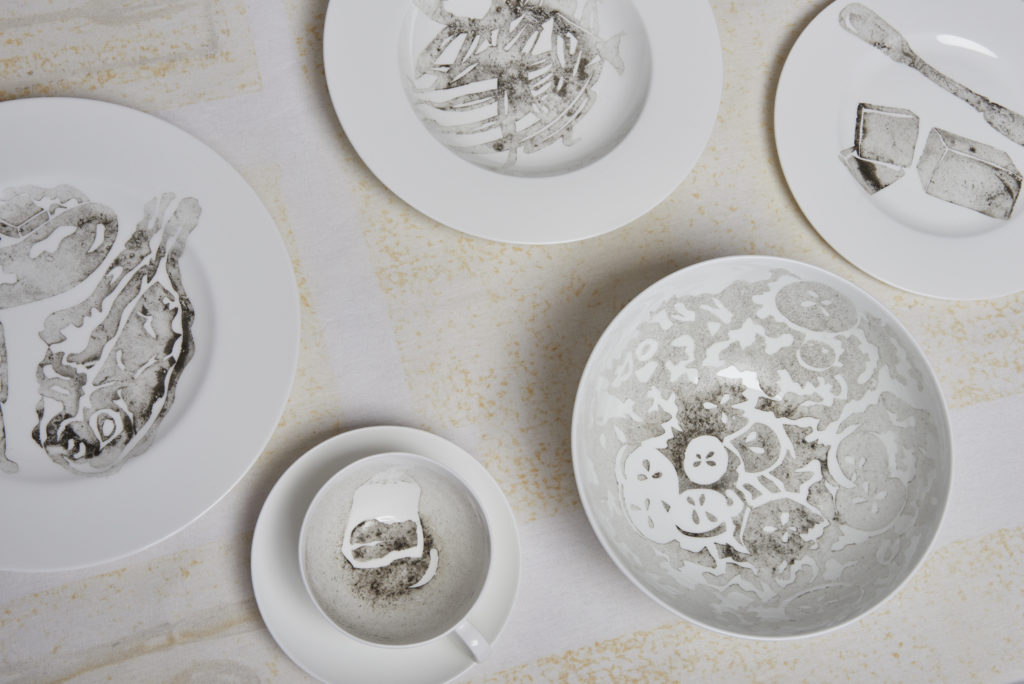
“Re-introducing the exhibition post-Earth Day’s bicentennial, as well as post COVID-19, presents an even more meaningful observation to Kim’s work,” Frias said. “With the whole nation sheltering-in-place and practicing social distancing, there’s a significant reduction in air-polluting emissions. This is all due to less traffic and reduced industrial and commercial activity. This drastic contrast in our environment corresponds to over thirty years of what the Smog Collectors series has been trying to convey.”
To give some context to this amazing series, in 1987, Abeles innovated a method to create images from the smog in the air by using not much more than stencils and time. “Since the worst in the air can’t be seen, Smog Collectors are both literal and metaphoric depictions of the current conditions of our life source,” Abeles said. The Smog Collectors series brought her work to national and international attention.
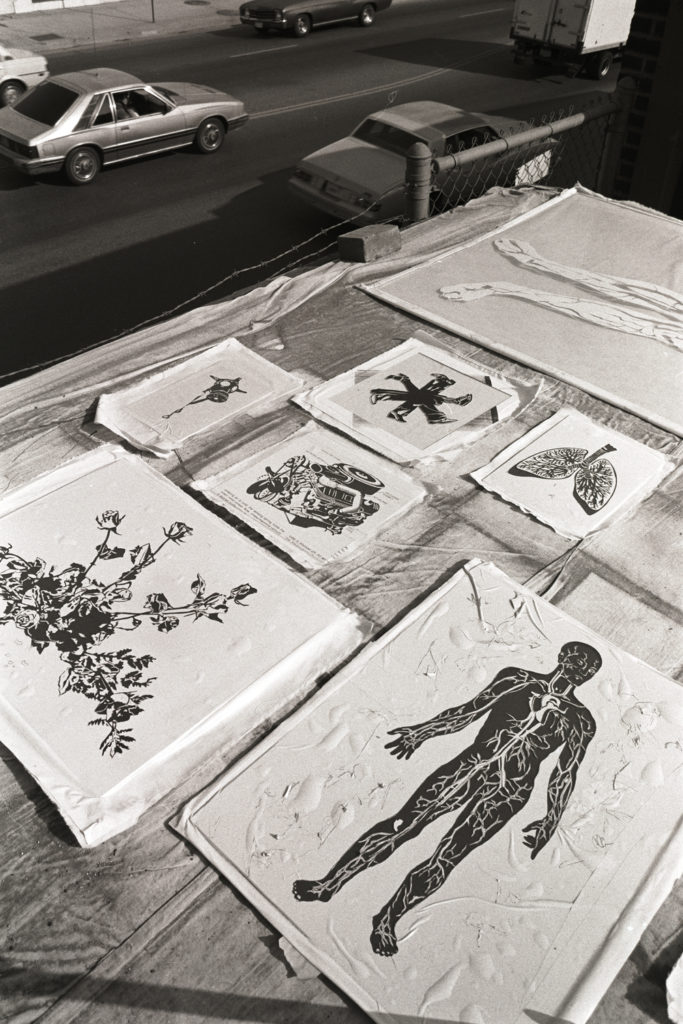
Abeles has had a lifelong interest in sustainable living and outside-the-norm art-making. Before her graduate education at University of California, Irvine, she lived in a grain silo that was converted into a round, three-story home in Ohio and she spent her twenties, “keeping a woodstove lit, canning our garden produce, naturally dying fabric, and you get the idea,” she said. She even wrote and illustrated this lifestyle and the art-making that accompanied it in a book, Crafts, Cookery, and Country Living (1976, Van Nostrand Reinhold Co.).
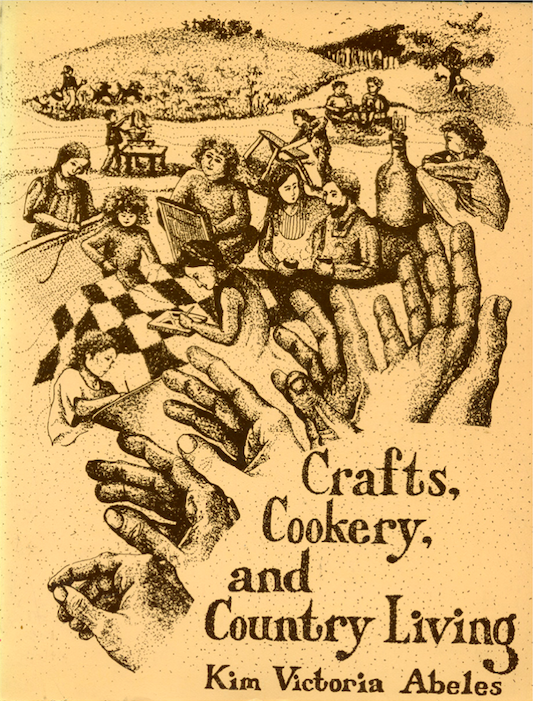
She and her photographer husband Ken Marchionno currently “shuffle” between the mountains of Crestline and Pasadena where there are four generations of family living together, including all family members ages 12 to 100.
In an interview with the Blog, Abeles recalled the inspiration for the Smog Collectors series being something she couldn’t ignore. “When I first arrived in Los Angeles in 1978, I noticed the smog immediately,” she said. “I grew up in the steel town of Pittsburgh, where I saw a particular photograph of my hometown that looked like the middle of the night but was shot in the afternoon. That intense imagery of smog, and my body’s responses to it when I entered Los Angeles – aching lungs, burning eyes – never left my psyche.”
The series started with just one work, a complex experimental experience which led her down an unrelenting path of discovery.
One day while looking north on Broadway, I saw the San Gabriel Mountains visually wedged between the buildings at the urban horizon. I had been downtown for about five years at the time, and I had never seen this “Mountain Wedge” because of the smog. I decided to photograph every day from my fire escape until I could see it clearly again, and it ended up taking me 14 months. I housed all those photographic efforts in a camera bellows that I built large enough to walk through and placed a 10’ painting of the Mountain Wedge in front, viewable through the bellows’ lens. A couple years later, I walked from Second and Broadway during a smog alert to see how close I would need to be to see the mountains clearly. I walked as the crow flies, so I’d knock on people’s doors and ask them to let me cut through their houses. I kept in a direct path and had to be at the base of the mountain to see it clearly. The journey, or pilgrimage, was 16.5 miles and took me 10 hours. The first Smog Collector (1987), was a single artwork, an image of the Mountain Wedge, and one of the ancillary artworks that were part of the installation with the walk-thru bellows.
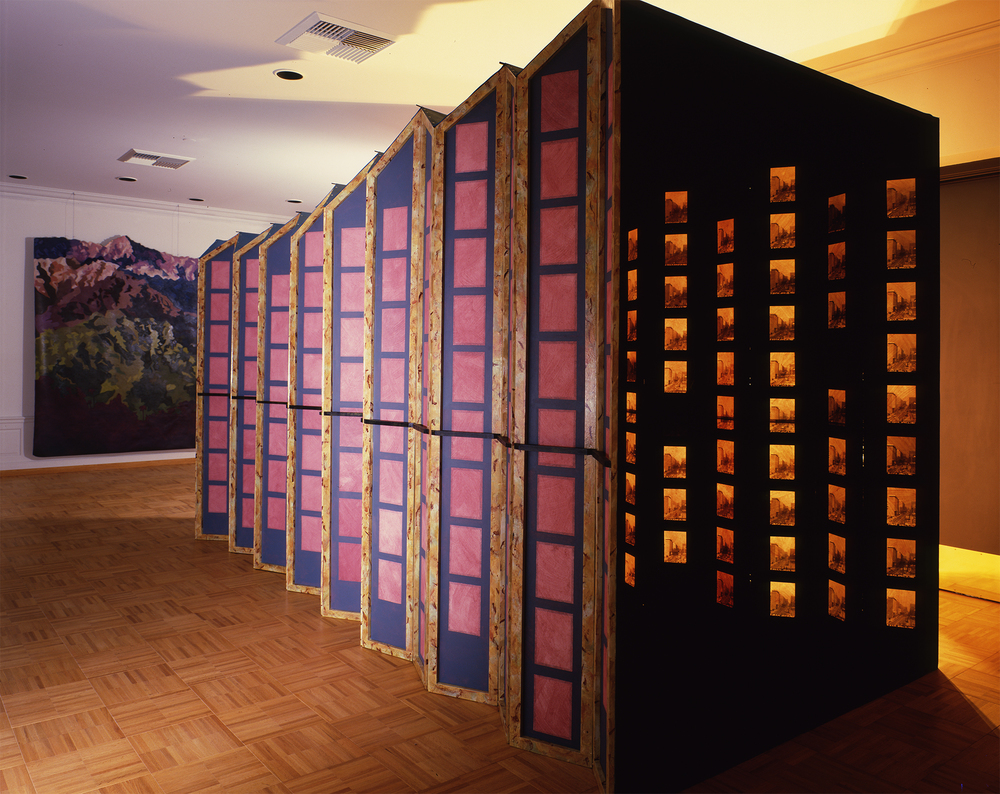
That series is the basis for the Fullerton exhibition and has toured internationally, has been widely collected, and has been ongoing since 1987. A dedicated and passionate project that also resonates as a plea for global action, the Smog Collectors artworks exist as relics of our modernization. Although beautiful objects, they also feel a bit like a quiet truth-serum—providing us with an honest look at what we have done to our world, what we live with, and what we cannot or will not see in our everyday environment.
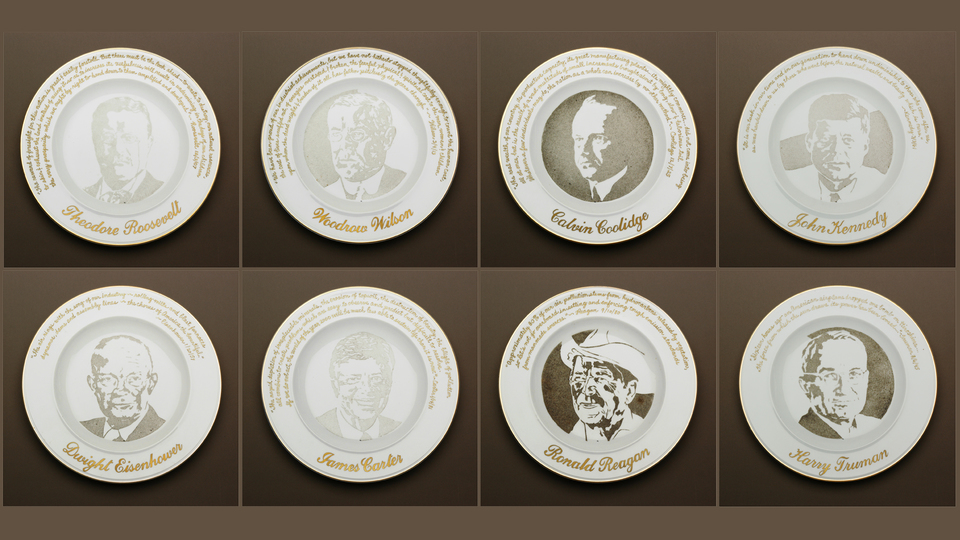
“Best-known from the series are the Presidential Commemorative Smog Plates (1992),” Abeles said. “They are portraits created in smog of U.S. presidents from McKinley to Bush with their quotes about pollution and industry handwritten in gold around the rim. I left the plates out longer depending on their environmental records so, the portraits appear in grades of smoggy gray, left out in the environment from 4-40 days.”
The latest of the series depicts ten world leaders who presented speeches at world climate summits from 2011 to 2018. The quotes are written on the plates in the language originally presented. “Stenciled plates collected smog in many of the leaders’ capitals, including Moscow, Paris, Washington D.C., London, Ottawa, London, and Los Angeles,” Abeles explained.
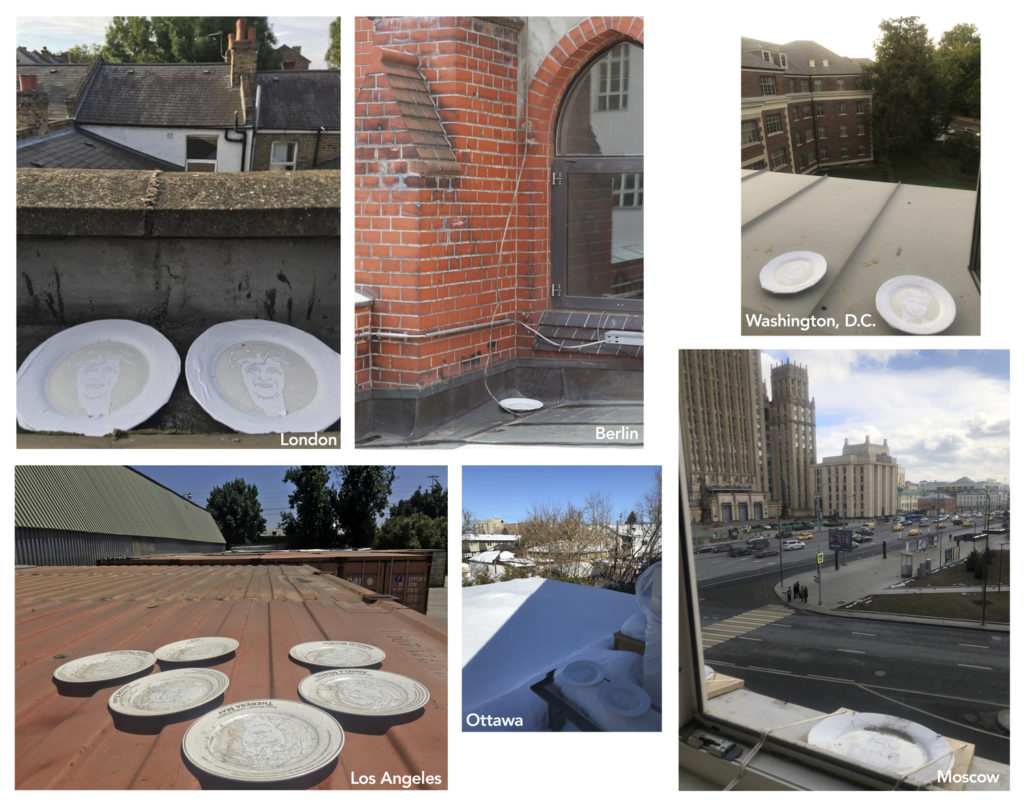
Even though the artist and the gallery are sad to see this show postponed, they are dedicated to showing this monumental exhibition when it is safe. According to Frias, they aren’t sure on exact dates for the postponement, but can guestimate that it will be in the Fall. With the Fall semester to be officially beginning with virtual instruction and then transitioning to in-person instruction, there is hope on the horizon. “Ideally, it would be nice to have the gallery re-open at the beginning of this coming fall semester. But realistically, it is quite unpredictable as to when it would be safe to return,” Frias said. “And a virtual presentation just will not do justice to the details in the artworks. There will be a web component to supplement the exhibition, but a virtual walkthrough cannot compete with the impact of these works when you see them up close.”
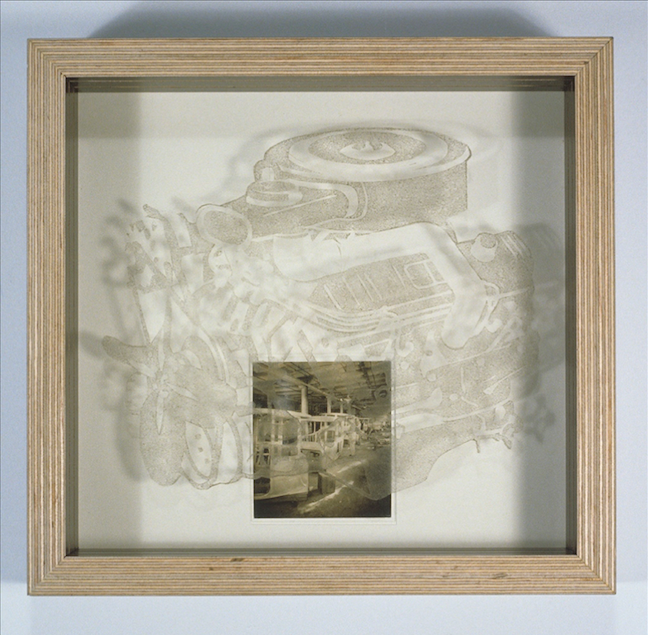
Abeles reveled in the experience of preparing for this show, even if she’ll have to wait to share it with all of us. “The exhibit gave me a chance to reflect on such an enduring series spanning more than three decades and the preparation for the exhibit was in itself a luxury with great meaning for me,” Abeles said. “I usually need to jump from one project to the next due to professional necessity, and I savored the opportunity to look back and think forward.
Perfectly put together in atmosphere and intention, Abeles’ entire Smog Collectors series is all on view in “Kim Abeles: Smog Collectors, 1987-2020,” waiting for fresh reflective eyes after the pandemic clears up. “When I imagine the gallery in its current state, it seems like a tomb ready to be found and unearthed with wonder,” Abeles said.
And, we cannot wait to bask in its wonder.
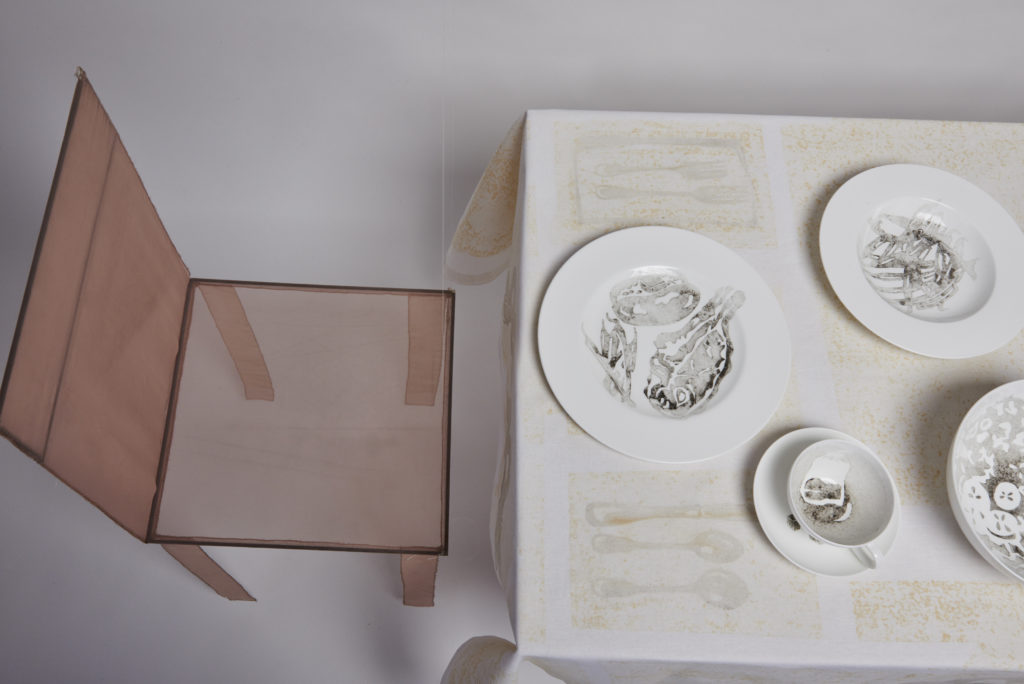
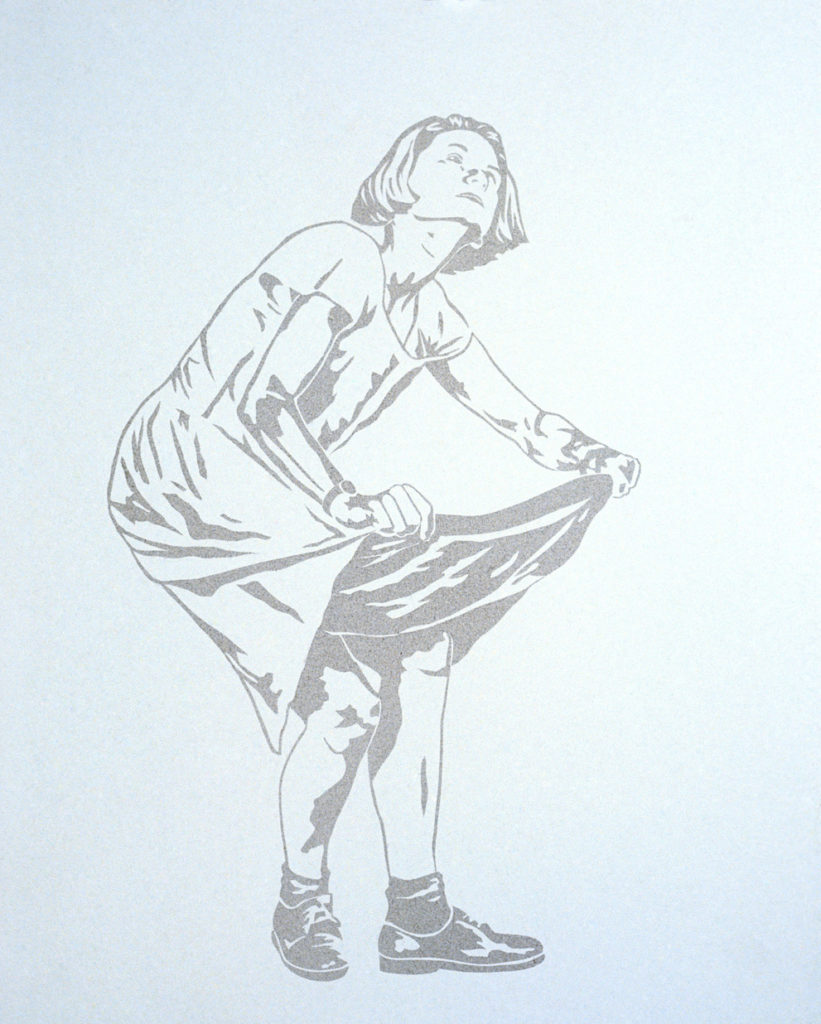
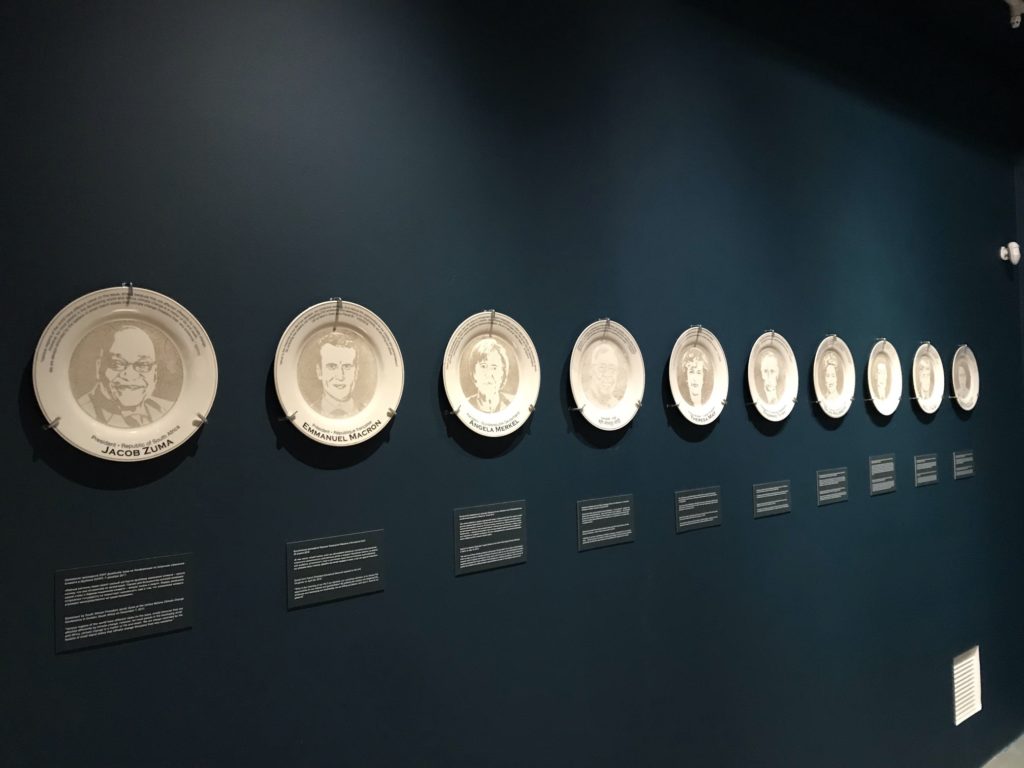
“Kim Abeles: Smog Collectors, 1987-2020” is currently postponed, date TBA, Nicolas & Lee Begovich Gallery, CSU Fullerton, 800 N. State College Blvd., Fullerton, 92831. www.fullerton.edu
***Interview with Kim Abeles was conducted by Dave Barton for the OC Art Blog in March 2020. Interview with Jennifer Frias was conducted by Evan Senn for the OC Art Blog in April 2020.



Sorry, the comment form is closed at this time.